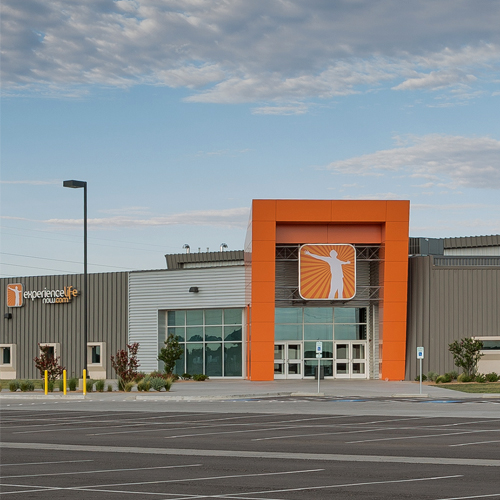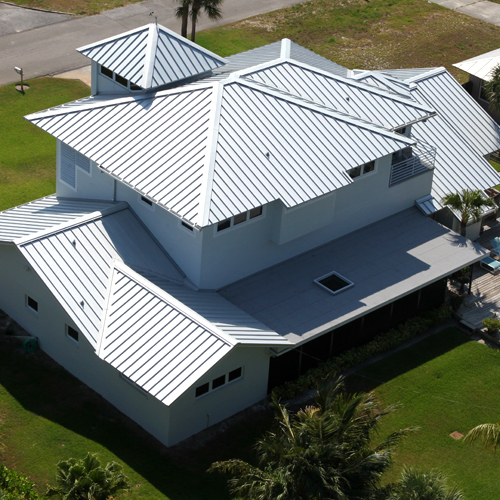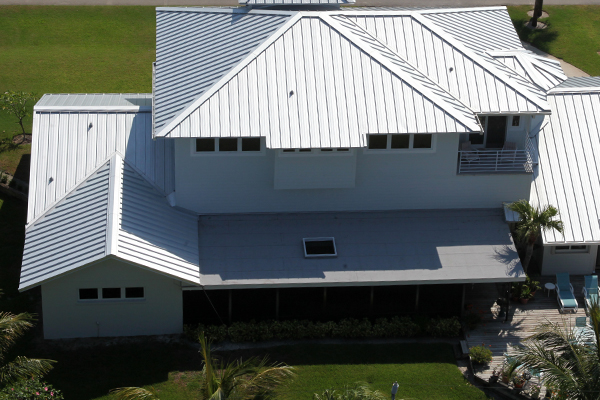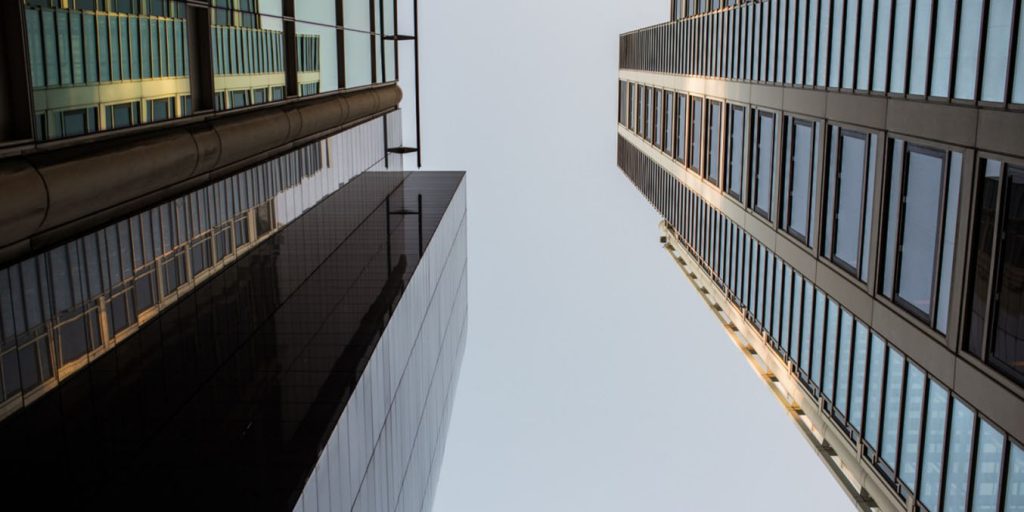The movement of the construction industry to create buildings that are more sustainable throughout their life cycle continues to be a fundamental part of a well-designed and well-constructed building. This comes from the building owners who are expecting it, designers who are more skilled at achieving it, construction companies who have incorporated it into their workflows, and manufacturers who have invested significantly in it. These sustainability efforts include the design, fabrication, and construction of pre-engineered metal buildings across the country.
A number of different certification programs (LEED, Green Globes, The Living Challenge, etc.) promote and can independently certify buildings as meeting different levels of “green” or “sustainable” designs. And the recently released International Green Construction Code has been adopted by a number of localities to codify green design and construction. While the details of these programs vary, they all address some fundamental aspects of buildings, and all apply to metal buildings.
Building Site Impacts:
Shop fabrication of metal buildings means the onsite work can be focused to stay close to the building footprint. Once built, the roofs of metal buildings can further reduce site impacts. For example, metal roofs provide an excellent opportunity to collect rainwater so it can be used for non-potable purposes, such as landscaping or toilet flushing. Further, by specifying metal roofing with a high Solar Reflectance Index (SRI) value, the roofing remains cooler than a dark-colored roof and reduces the so-called “heat island effect” surrounding the building.
Reduces Energy Usage:
Metal buildings can also be designed and constructed to create an energy-efficient building enclosure. The Metal Building Manufacturers Association (MBMA) publishes an Energy Design Guide for Metal Building Systems, available at www.mbmamanual.com, which can help in the process. As MBMA points out, builders can “select the best balance of high-performance roof and wall insulation (including fully insulated metal panels), windows and doors, and foundation insulation that works best and saves the most energy and money when considering all the project requirements.” A metal building with a sloped roof can also be the ideal base to support solar panels that can provide an onsite source of renewable energy for the building to capitalize on.
Responsible Material Usage:
The construction industry has become attuned to looking at the impacts of materials over their full life cycle, and this includes the metal building industry. The MBMA has taken the lead on preparing an industry-wide Life Cycle Assessment (LCA) (http://www.mbma.com/Life_Cycle.asp) that includes primary structural steel frames and secondary structural steel (purlins and girts), along with roof and wall products used in metal buildings. MBMA has also prepared Environmental Product Declarations (EPDs) based on the LCA and industry-wide product category rules. By using this information, designers, building owners, and constructors can determine the environmental impacts of metal buildings from the extraction of raw materials through manufacturing and preparation to ship to the construction site (“cradle to gate”). The fact that steel products of all types contain a significant percentage of recycled material, and can be again recycled at the end of the service life of the building, helps present a more sustainable picture of steel than does some other building products. Further, the shop fabrication of components helps eliminate construction waste on the job site.

Indoor Environmental Quality:
The interior spaces of buildings are generally considered sustainable when they protect the health and well-being of the people who use the building. In the regard, metal buildings provide some advantages over others. First, many of the metal building components can be pre-finished before ever arriving at the site. This means that onsite finishing, which can release harmful volatile organic compounds (VOCs) or other substances into the air, are notably reduced or eliminated a the building location. Further, the structural flexibility offered by steel construction means that windows, doors, and skylights can be appropriately spread throughout a building to provide natural daylight and exterior views, which have been shown to have great benefits to the people who work in, visit, or otherwise use the buildings.
Overall, it is the full interaction of all parts of a building, including the owners and users of a facility, that will determine the final sustainability of any building. Nonetheless, it is clear that metal buildings can be a great place to start on the sustainability path. To find out more about metal products and systems that can help your next building be more sustainable, contact your local MBCI representative.


